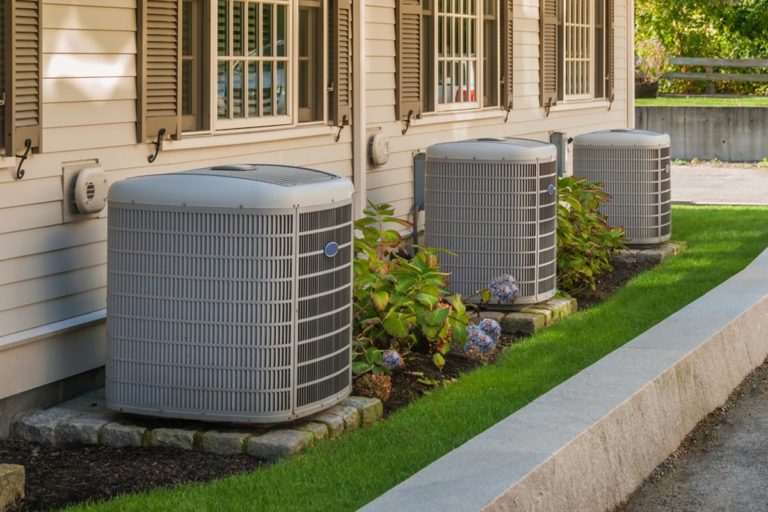
Tune up your HVAC equipment yearly
Just as a tune-up for your car can improve your gas mileage, a yearly tune-up of your heating and cooling system can improve efficiency and protect you HVAC System from braking
Heat & Cool Efficiently
Nearly half of the energy used in your home goes to heating and cooling. So making smart decisions about your home’s heating, ventilating, and air conditioning (HVAC) system can have a big effect on your utility bills — and your comfort. Take these steps to increase the efficiency of your heating and cooling system.
Change your air filter regularly
Check your filter every month, especially during heavy use months (winter and summer). If the filter looks dirty after a month, change it. At a minimum, change the filter every 3 months. A dirty filter will slow down air flow and make the system work harder to keep you warm or cool — wasting energy. A clean filter will also prevent dust and dirt from building up in the system — leading to expensive maintenance and/or early system failure.
Consider installing ENERGY STAR certified heating and cooling equipment
If your HVAC equipment is more than 10 years old or not keeping your house comfortable, have it evaluated by a professional HVAC contractor. If it is not performing efficiently or needs upgrading, consider replacing it with a unit that has earned the ENERGY STAR. Depending on where you live, replacing your old heating and cooling equipment with ENERGY STAR certified equipment can cut your annual energy bill by nearly $140. But before you invest in a new HVAC system, make sure that you have addressed the big air leaks in your house and the duct system. Sometimes, these are the real sources of problems rather than your HVAC equipment.
Ask about Proper Installation of your new equipment
Replacing your old heating and cooling equipment with new, energy-efficient models is a great start. But to make sure that you get the best performance, the new equipment must be properly installed. In fact, improper installation can reduce system efficiency by up to 30 percent – costing you more on your utility bills and possibly shortening the equipment’s life
When is it time to replace?
Certain telltale signs indicate it’s time to consider replacing heating and cooling equipment, or improving the performance of your overall system. It may be time to call a professional contractor to help you make a change if:
Your heat pump or air conditioner is more than 10 years old
Consider replacing it with a unit that has earned the ENERGY STAR label. Installed correctly, these high-efficiency units can save up to 20 percent on heating and cooling costs.
Your furnace or boiler is more than 10 years old
Consider replacing with an ENERGY STAR qualified furnace, which is 15% more efficient than a conventional furnace. If you have a boiler, consider replacing with an ENERGY STAR qualified boiler that is 5% more efficient than a new, standard model.
Your equipment needs frequent repairs and your energy bills are going up
Your cooling or heating equipment may have become less efficient.
Some rooms in your home are too hot or too cold
Improper equipment operation, duct problems or inadequate insulation could be the cause.
No one is home for long periods of the day and you do not have a programmable thermostat
Install a programmable thermostat or have a good contractor install one and instruct you on its use — to start saving energy and money while they’re away or sleeping.
Your home has humidity problems
Poor equipment operation, inadequate equipment, and leaky ductwork can cause the air to be too dry in the winter or too humid in the summer.
Your home has excessive dust
Leaky ducts can pull particles and air from attics, crawl spaces and basements and distribute them throughout your house. Sealing your ducts may be a solution.
Your heating or cooling system is noisy
You could have an undersized duct system or a problem with the indoor coil of your cooling equipment.
Get in contact with OneHVACAmerican
